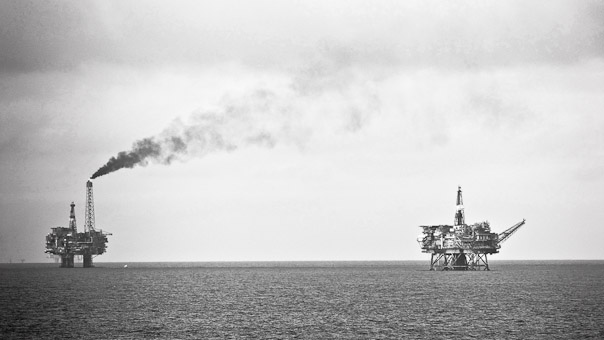Brent crude is a light sweet crude from the North Sea that is an established “brand” and trading blend of many North Sea oils. It has an API of 38 and is widely used in Europe.
So why is the Brent called Brent?
The short answer is that the name comes from the Brent oilfield in the UK sector of the North Sea.
But the name of the Brent oilfield comes from somewhere else. Indirectly it is the name of a bird. The Brent Goose. Shell and Esso which discovered the field in 1972 named all of their fields after birds. And although that is a beautiful name and many other fields are named after birds, this one is special.
The reservoir unit of the Brent field is the so called Brent-Group.
The middle Jurassic group consists of 5 formations called Broom, Rannoch, Etive, Ness and Tarbert.
Or if you spell it out differently
Broom
Rannoch
Etive
Ness
Tarbert.
The individual formations are named after glens and lochs in Scotland.
The Brent group is probably the most important reservoir unit throughout the North Sea as it still holds billions of barrels and is an important economic pillar of the North Sea offshore industry.
The other side of the story
The other side of the story is somewhat different. Can’t really verifiy it but that is how it is told in the industry.
As the first couple of oil fields were discovered on the UK side of the North Sea, they got identifiers. They started out with A-UK, B-UK,C-UK … and so on. Until someone realized that they would be in a bit of a pickle when they would eventually get to the letter F.
Someone thought: “hey. A-UK spells like the auk”, which is a whole family of sea birds. So the naming convention for seabirds was derived from that very first field.
They would go on with that naming convention for a long time.
and so on…

